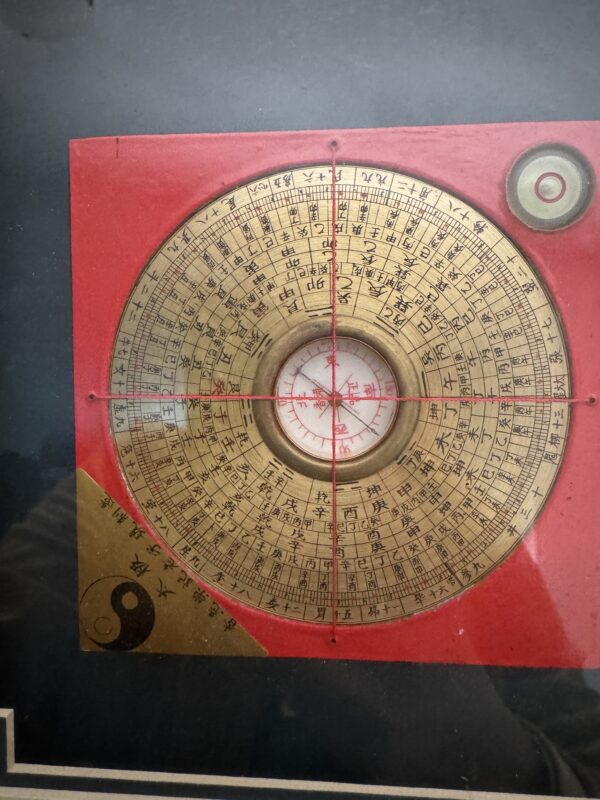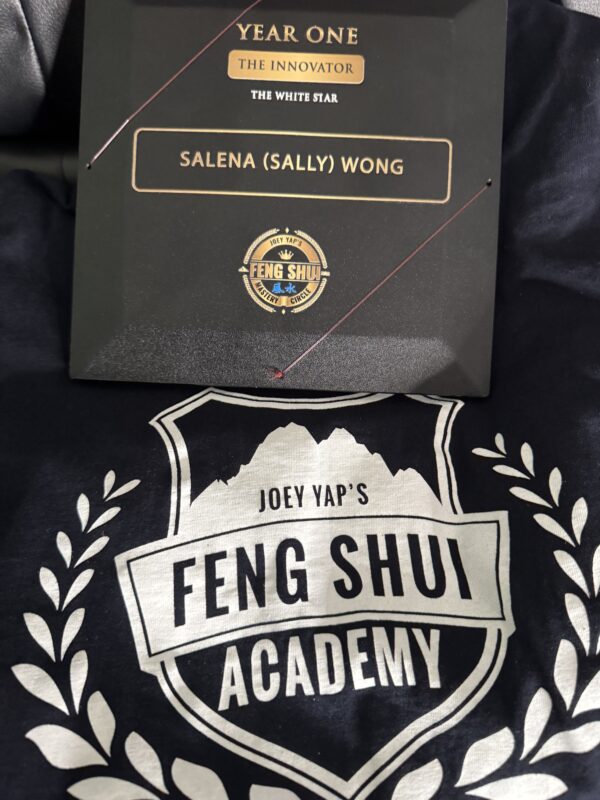Feng Shui Compasses – Lou Pan (罗盘)






In Feng Shui, the Lou Pan (罗盘) is a traditional Chinese compass specifically designed for divination and Feng Shui assessments. Different types of Lou Pans are tailored for various applications in Feng Shui and Chinese metaphysics. Here’s an overview of the major types and their uses:
1. San He Lou Pan (三合罗盘)
Main Use: Feng Shui for external landforms and water features (environmental analysis).
- Focus: The interaction of mountains, water, and large external features.
- Common Applications:
- Assessing mountain and water configurations.
- Determining directions for land-based properties and large estates.
- Typically used in Yin House (grave site Feng Shui) and rural settings.
- Key Rings: Water dragons, land dragons, mountain configurations, and specific directional alignments.
2. San Yuan Lou Pan (三元罗盘)
Main Use: Feng Shui for internal spaces and Flying Stars analysis.
- Focus: Time cycles, Qi flow, and changing energy patterns within buildings.
- Common Applications:
- Flying Star Feng Shui, assessing annual and periodical energies (e.g., Period 8, Period 9).
- Balancing internal Qi within homes and offices.
- Enhancing prosperity, health, and harmony through time-sensitive adjustments.
- Key Rings: Flying Star charts, 24 mountains, and time-related energy structures.
3. Zhong He Lou Pan (综合罗盘) (Combined or Hybrid Lou Pan)
Main Use: A combination of San He and San Yuan methodologies.
- Focus: Versatile, comprehensive Feng Shui that covers both external and internal factors.
- Common Applications:
- Useful for practitioners who need both landform (San He) and Flying Star (San Yuan) guidance.
- Suitable for complex projects, such as urban planning, construction, or renovation.
- Provides more flexibility for practitioners trained in multiple schools of Feng Shui.
- Key Rings: Blends the features of both San He and San Yuan systems.
4. Yi Jing Lou Pan (易经罗盘)
Main Use: Yi Jing (I Ching) divination and Feng Shui based on hexagrams and trigrams.
- Focus: The relationship between the environment and energetic changes through divination.
- Common Applications:
- Consulting for predictive purposes (divination).
- Aligning properties and spaces using trigram-based configurations.
- Used for advanced Feng Shui and I Ching practitioners.
5. Bazhai Lou Pan (八宅罗盘)
Main Use: Eight Mansions Feng Shui (Bazhai).
- Focus: The interaction between occupants and the space based on personal directions.
- Common Applications:
- Identifying auspicious and inauspicious sectors within a home or office.
- Aligning entrances, bedrooms, and workspaces according to the occupants’ favorable directions.
- Simple and practical method compared to Flying Stars or landform-based Feng Shui.
6. Qimen Dunjia Lou Pan (奇门遁甲罗盘)
Main Use: Qi Men Dun Jia calculations for Feng Shui, strategy, and divination.
- Focus: Time, space, and directional energies optimized for strategy and prediction.
- Common Applications:
- Business decisions, travel, and strategic planning.
- Powerful when used for Feng Shui activation or selecting dates.
- Often combined with astrological or metaphysical analysis.
Key Features Across All Lou Pans:
- Heaven Plate (天盘): Measures heavenly or cosmic energies.
- Earth Plate (地盘): Represents earthly directions and interactions.
- Human Plate (人盘): Accounts for human-level decisions and actions.
- 24 Mountains: Divided compass directions, essential for all Feng Shui analysis.
Choosing the Right Lou Pan:
- San He Lou Pan: For external environment and landform Feng Shui.
- San Yuan Lou Pan: For internal spaces and Flying Star applications.
- Zhong He Lou Pan: For comprehensive, multi-method Feng Shui.
- Bazhai Lou Pan: For simple, quick home or office setups.
- Yi Jing or Qi Men Lou Pan: For advanced metaphysics, strategy, and prediction.